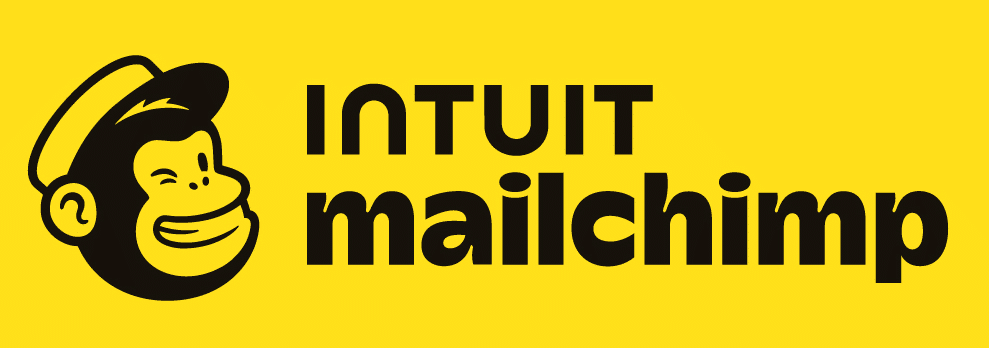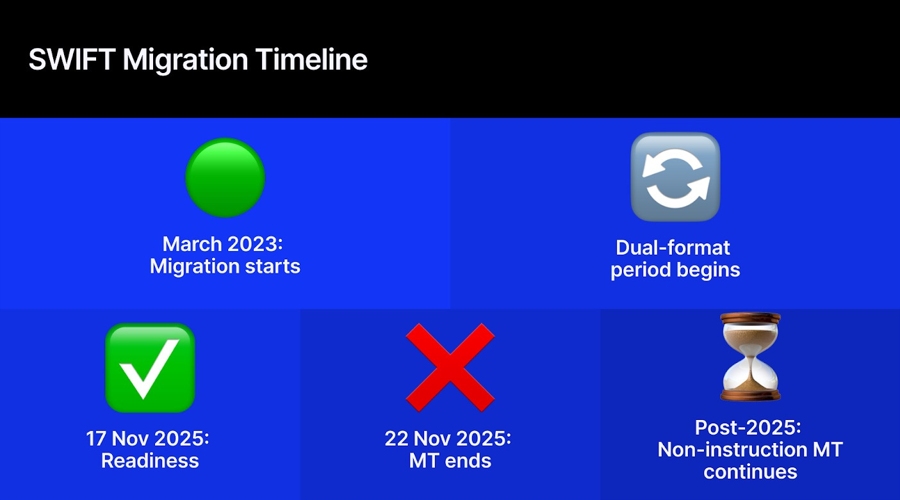Four years ago, while on my honeymoon in Bali, I caught the wave of my life.
The Padang Padang surf break is a world-class spot for surfers. It’s about a half-mile paddle from the shore around a rocky cliff.
Bali was having one of the best swells of the decade that week. I was incredibly lucky to be there at just the right time.
I saw it coming as I paddled out, spun around … and was soon looking down a steep face of sheer ocean blue two-stories high, with a rushing torrent at my back.
In surfing, you have to commit. Once you’re looking over that ledge, you have to lean in to the wave — and your fears.
If you hesitate, you can quickly get thrown “over the falls.”
I knew this from years of experience. Yet still, in that moment, every self-preservation instinct in my body was saying: “PULL BACK!”
I took every ounce of will I had to ignore those fears.
The next moment, I was riding the wave of my life. I still get goosebumps just thinking about it.
There’s a lesson here about leaning in to fear — whether in life, or in investing.
And it’s one we’ll need to learn as we head into 2023.
My Big Prediction for 2023
If I had to sum up my investment style in one word, it would be: contrarian.
Basically, I like to go against the crowd.
Being a contrarian investor — going against the broader market, the talking heads on your local news station or even your favorite financial website — is just like catching a big wave. It can feel terrifying.
But sometimes leaning into fear is the best way to trade.
I think we’re going to see a recession this year. It will be a scary time for many investors who started actively trading after the last recession.
It will also be the most anticipated recession since I started investing…
We’re already seeing a few symptoms:
- Rising unemployment rate — Employers are cutting back hiring. Facebook laid off 11,000 workers, Apple laid off 100 recruiters and froze hiring, while Walmart cut 200 corporate jobs and 1,500 warehouse jobs.
- Inventory buildup — Companies are reporting a rise in inventories. In the latest quarter, Nike had $9.66 billion worth of inventory, which is a 44% increase from the previous year. Lululemon reported an 85% increase in inventory year over year.
- Decreased consumer spending — Retail sales disappointed in November, coming in at $689.4 billion, down 0.6% from the previous month.
This all means that when earnings season heats up in mid-January, we are likely to hear some misses as well as pessimistic outlooks for the future.
I believe that will cause another downdraft in the market, but it won’t be as severe as 2022.
That brings us to my big prediction for 2023…
I believe the Federal Reserve is going to pivot and begin cutting interest rates sooner than anyone expects.
Right now, the federal funds rate sits at a range of 4.25% to 4.50%. Investors expect the Fed will raise it to 4.75% to 5.00% by March.

(Click here to view larger image.)
(Source: Board of Governors of the Federal Reserve System.)
More importantly, traders think that rates will stay this high for the entire year.
We can see this in the futures market. Fed funds futures that expire at the end of 2023 show an 85% chance that interest rates will be at 4.25% or higher by the end of next year.

(Click here to view larger image.)
Source: CME FedWatch Tool
You already know what high rates means for mortgages, auto loans and corporate debt. Those markets have fallen off a cliff in the last few months.
This is a headwind for stocks. Investors are worried that continued high interest rates will crush the economy and send the stock market even lower.
But these predictions rarely hold…
They Were Wrong Then, and They May Be Wrong Now
One year ago, the fed funds futures market showed a 90% probability that 2022 would end with interest rates at 1% or lower.
Think about how wrong that was. Rising inflation — exacerbated by a commodity spike due Russia’s invasion of Ukraine — forced the Fed to hike by the fastest pace in four decades.
When investors are leaning one way, the market tends to do the opposite. That’s what we saw last year.
The contrarian bet here is that the Fed will shift toward an easier monetary policy in 2023, and start slashing rates.
So, it’s actually a positive thing that rates are so high right now. It adds to the pessimism and gives the Fed plenty of ammunition to fight a recession.
Because here’s the thing: The Federal Reserve is not very good at changing economic outcomes.
That’s why I think it won’t be able to prevent a recession.
But the Fed is great at raising the prices of assets — whether through cutting rates or quantitative easing.
It’s a simple mechanism, really: It’s just adding money to the economy by making money cheaper to borrow.
And this makes bond prices go up, yields go down and bond investors have to find returns in other asset classes.
Now, I’m not saying that the stock market is going to go straight up. The first quarter of 2023, in particular, I think is going to be rough. So, as always, I don’t recommend you invest money you can’t afford to lose.
But many of my biggest mega trends — electric vehicles, automation, artificial intelligence — are still poised to unfold this decade.
And as the Fed eases its monetary policy, that’s going to mean good things for the stocks in my Strategic Fortunes model portfolio.
So while it may seem scary to invest in a recessionary environment, you just need to lean in to the wave (like I did in Bali!) and ride your way to profits.
Make sure to stay tuned to The Banyan Edge this year. Amber Lancaster and I are excited to bring you our top opportunities for surviving and thriving in this type of market environment.
Regards,
 Ian KingEditor, Strategic Fortunes
Ian KingEditor, Strategic Fortunes
P.S. If one of your New Year’s resolutions is to improve your portfolio returns, Bryan Bottarelli at the Monument Traders Alliance has just the thing.
He’s unveiling a new profit-generating tool that can help you accelerate your success in the stock market. And he’s offering a chance for everyone to see how this tool works for FREE on Wednesday, January 11, at 2 p.m. ET. Click here to get on the guest list today.
|
|
|







































